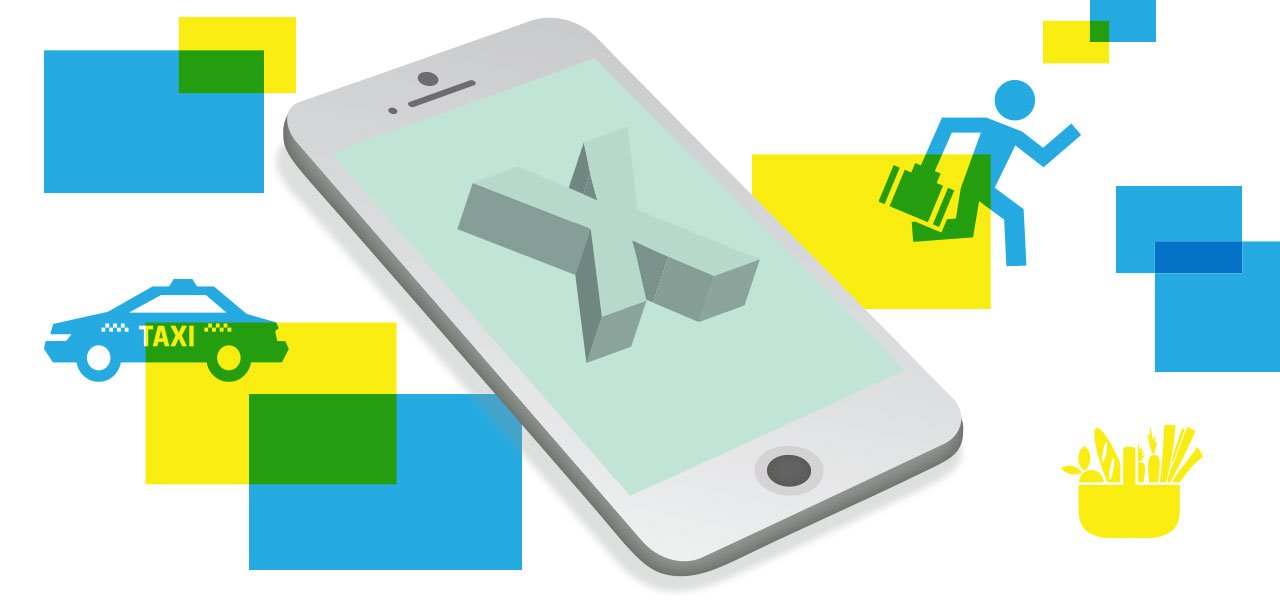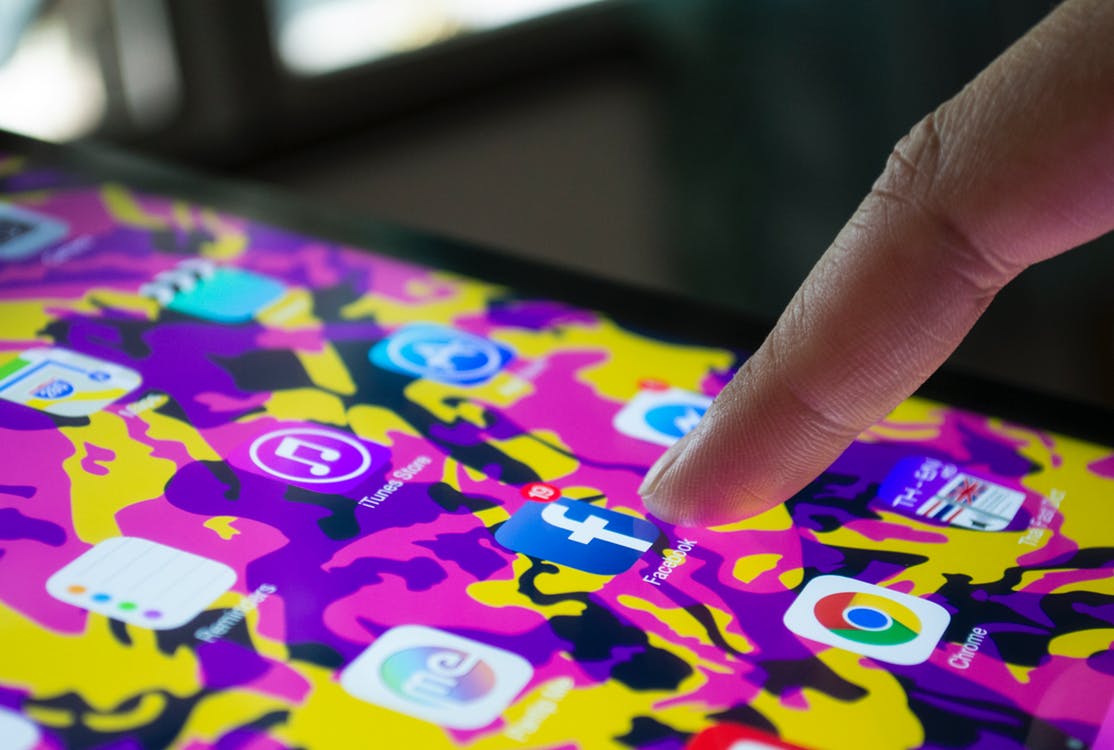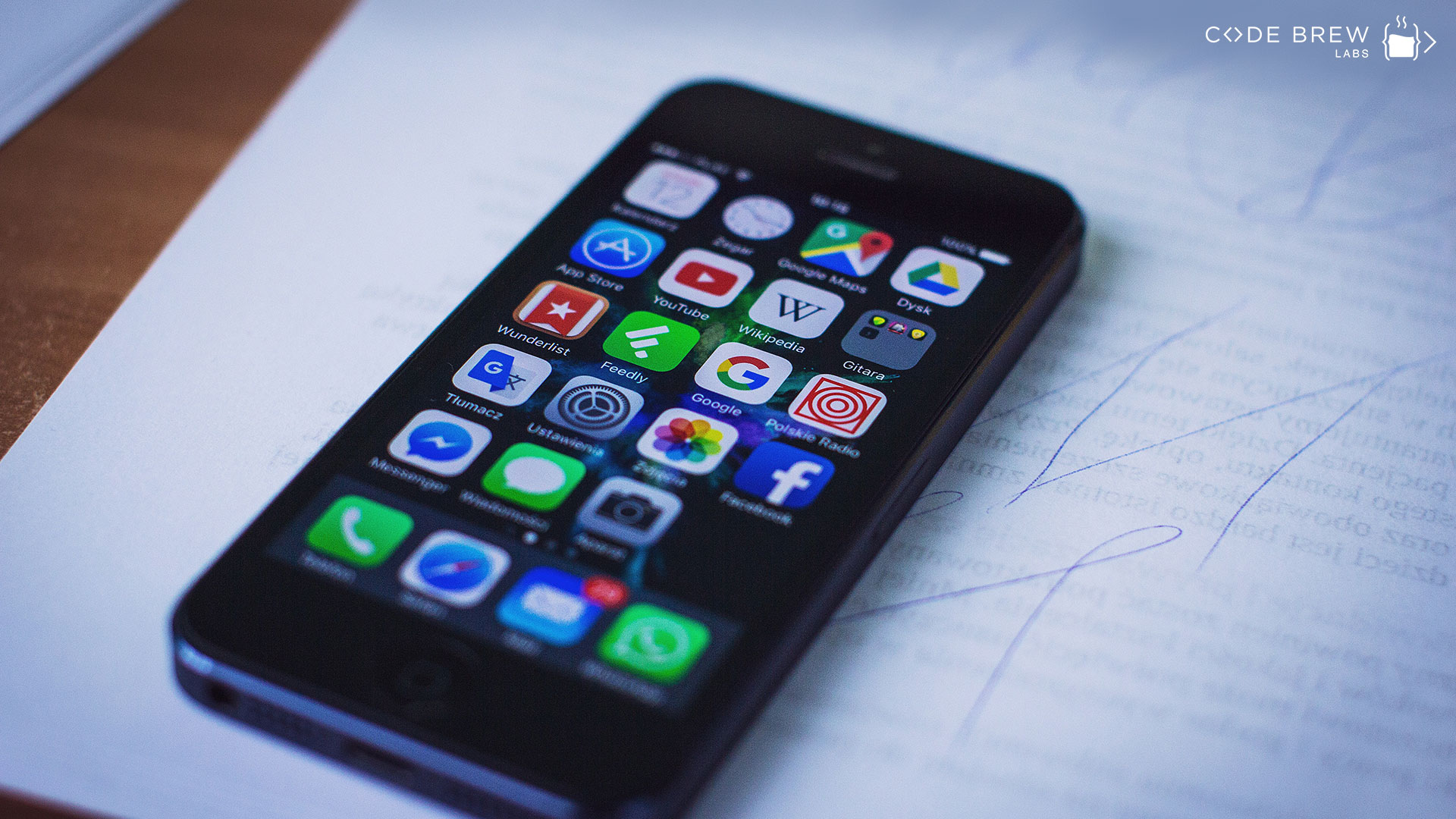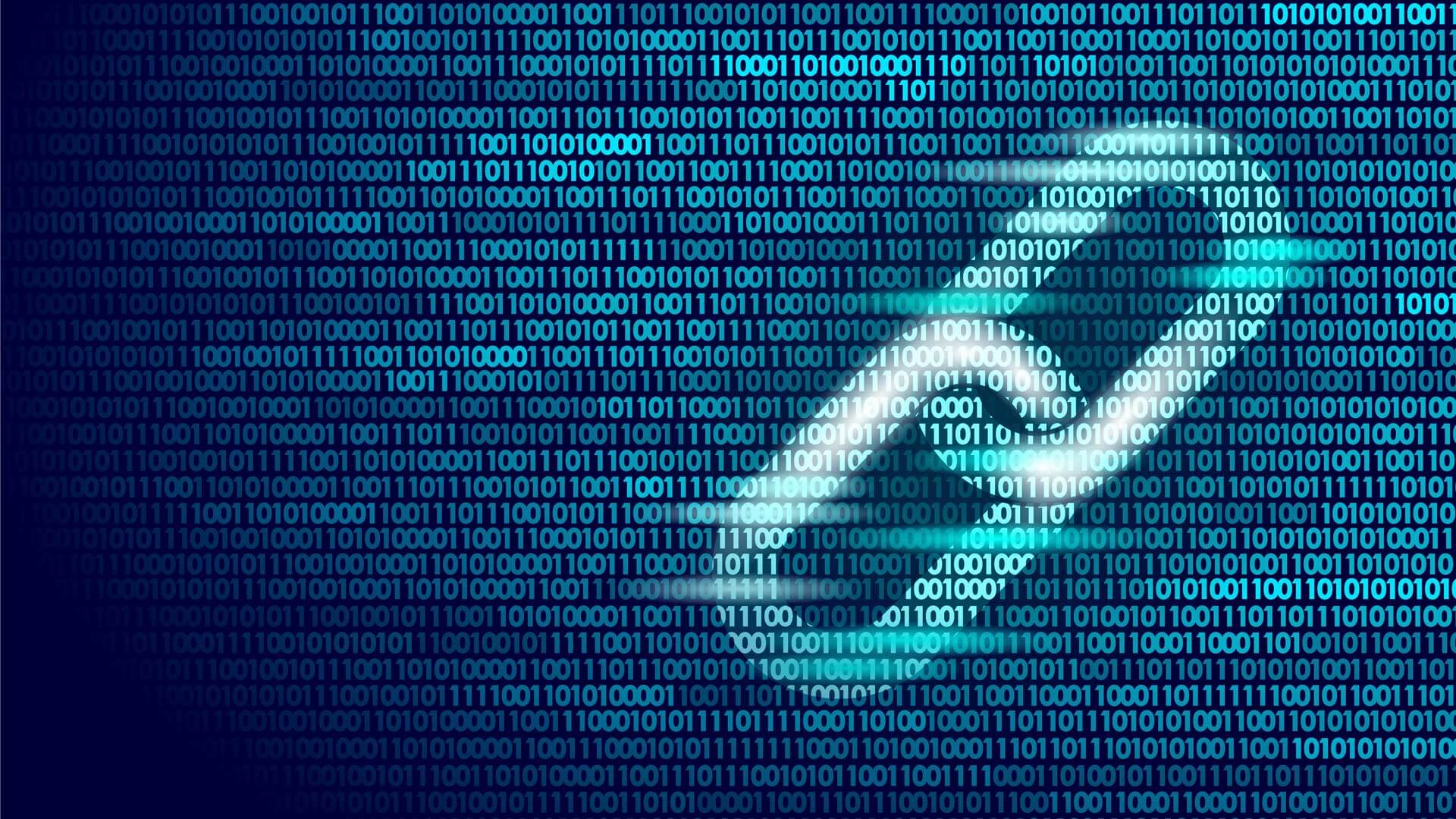The success of every On-Demand Business model lies in how well it can use the tech at its disposal and the transparency if offers in terms of costs and schedules. For the ones running a laundry business based on the ‘Uber for X’ model, brownie points can be earned by having the users consistently updated about their clothes and delivery schedule. Similarly, with meal delivery services, meal-delivery services, taking a cue from their contemporaries, are now having interface options and tools that allow the user to know the status of their order from the time it has been placed to the instant when it has been delivered for all the eateries they host. While using any on-demand service, one can rest assured about the security and integrity of the service as every bit of data pertaining to the service is available in the app interface. At the end, it all comes down to how well can the technology in use bridge the gap between the user and the service provider.
As convenient as it may sound, technology is not all about developing an app, hosting it, or inculcating the required GPS features. The development process alone warrants a great degree of research when it comes to the UX and UI Design. These UX and UI Design is critical to the fate of your application in the market, given the fact that there are multiple service providers for a single service in the same marketplace.
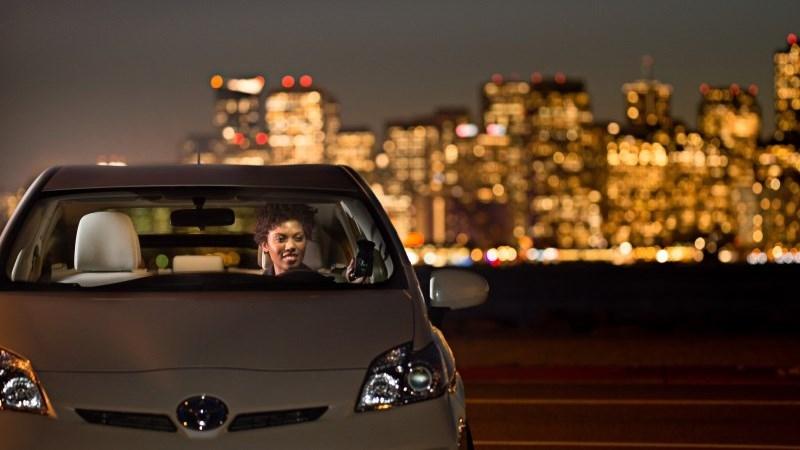
While the UX Design decides how the user is going to traverse through your application, the UI Design helps them understand and interpret each instant of it, and if you can’t get these two right, you better have a nice farewell message waiting for the user when he uninstalls your application without giving it a second thought. Every bit of information within the app, along with every single function, should be easy to understand and perform. With all the tech in place, you don’t want your user to hustle through ten different issues from the time he installs your app to the instant when he pays for the services. If the application interface of Uber or the delivery tracking of any meal delivery service was difficult to work with, what factors could one use to differentiate Deliveroo and a roadside Hot-Dog vendor?
More than the idea, it’s the tech that is going to dictate the future of on-demand services. Yellow Taxis were present before Uber. Meal Delivery prevailed in the time of USSR as well, and yet, these two services, along with countless others, found a market for themselves in the ‘Uber for X’ business model for the technology they inculcated.
Going into the next decade, when businesses with an estimated worth of $20bn are going to be conducted through these business models, and when technology would set new benchmarks for enterprises across the globe, one can hope for a tech inculcation from the business end of every service provider that is carefully thought out, smartly planned, and executed with sufficient expertise. As it has always been, more than an idea, it is going to be about the tech that allows the showcasing, projection, and perception of the same idea.
